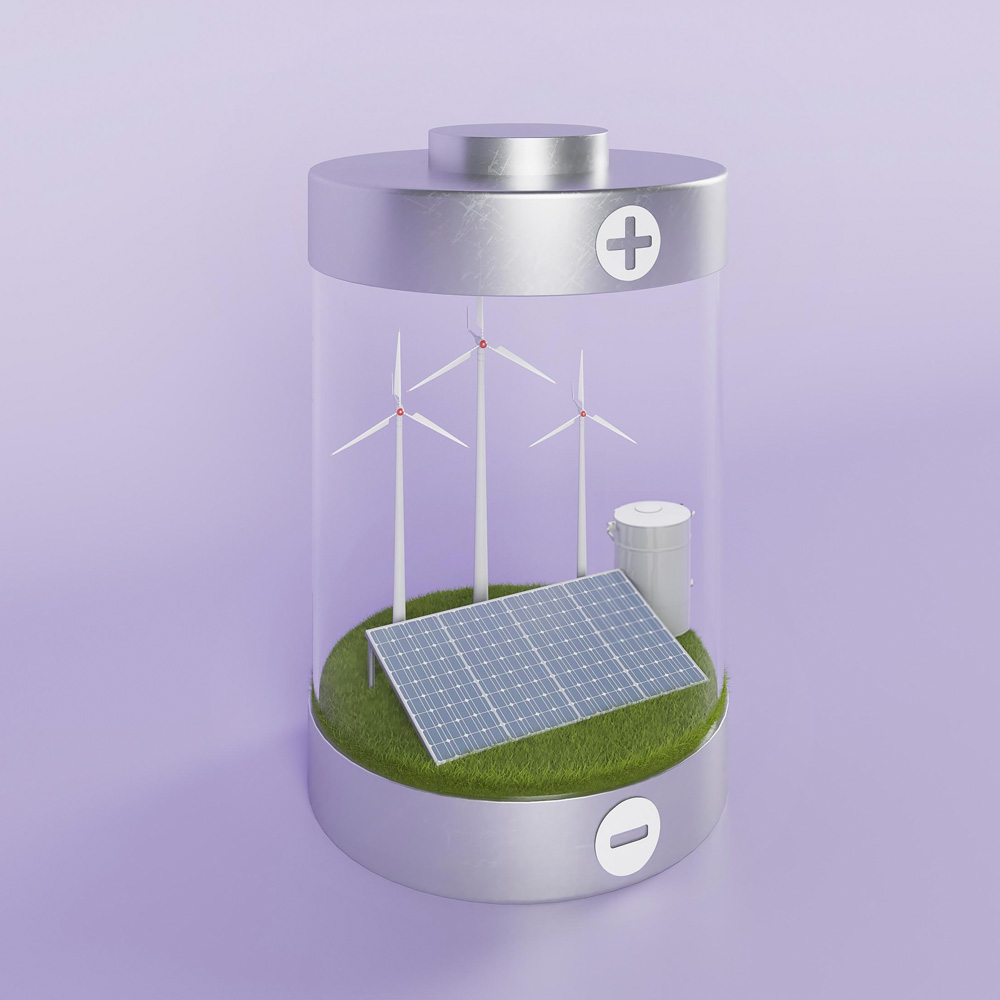Kirigami-inspired solar panels
The ancient art is inspiring the design of solar cells so they can change shape to catch the sun
The combination of solar energy and organic waste could make it possible to produce green hydrogen at a very low cost, according to a study by the University of Illinois at Chicago.
Green hydrogen is emerging as a key complement to solar and wind energy on the path to global sustainability. Its benefits are numerous: it serves as an effective energy storage solution, can be used in vehicles like airplanes without the weight burden of batteries, and can power heating systems or industrial processes without emitting greenhouse gases.
The critical factor for green hydrogen to surpass fossil fuels lies in its production—achieving hydrogen in a clean and efficient manner. The University of Illinois Chicago has recently unveiled a groundbreaking technique for generating it from agricultural or livestock biomass.
To start, a brief overview: green hydrogen is produced from renewable energies like wind or solar. Since hydrogen is not typically found in its pure form in nature, it needs to be extracted from compounds such as water. This extraction process, commonly performed through electrolysis, requires energy, which is where renewable sources come into play. If fossil fuels were used instead, it would result in gray hydrogen.

The innovation from engineers at the University of Illinois Chicago introduces a method to produce green hydrogen from water using only solar energy and agricultural waste. This technique is remarkable for its energy efficiency, reducing the energy required by 600%. The process involves a solution of agricultural and livestock waste in sulfuric acid as biochar, significantly lowering the electricity needed to produce hydrogen.
So, what is biochar? It is a carbon-rich compound produced through the pyrolysis of biomass in the absence of oxygen. Biochar can sequester carbon in a stable form for many decades, preventing its release as CO2 and improving soil fertility.
In the recent research, adding a biochar solution to the anode during green hydrogen electrolysis reduced the electrical power needs. Experiments show that the most efficient biochar comes from cow manure, reducing the energy required for one unit of hydrogen to one-sixth.
Thus, a single 15-milliampere photovoltaic cell and a current of 0.5 volts—less than the power of an AA battery—were enough to produce green hydrogen. The carbon in the biochar solution reacts with the O2 produced in electrolysis to generate CO2, which can be captured and reused in other industrial processes, such as fertilizer production, as mentioned in this article.
According to the researchers, the high efficiency of the process, achieving a 35% conversion of solar energy into hydrogen, could offer a cheaper and more sustainable alternative to current green hydrogen production methods, reducing greenhouse gas emissions.
One of the most intriguing prospects suggested by the researchers is a future where farms can combine energy from photovoltaic panels with plant or animal waste to generate green hydrogen, achieving energy self-sufficiency.
A hydrogen fuel cell offers high efficiency in powering machinery and complements other energy sources like solar or wind, regardless of weather or daylight hours. Moreover, the method developed by the University of Illinois Chicago isn't limited to hydrogen production but can also generate other valuable products from agricultural waste.
If you are interested in learning more about green hydrogen production and other clean energy technologies contributing to a sustainable world, we recommend subscribing to our newsletter at the bottom of this page.
Source:
All fields are mandatory.
Read the most discussed articles
{{CommentsCount}} Comments
Currently no one has commented on the news.
Be the first to leave a comment.
{{firstLevelComment.Name}}
{{firstLevelComment.DaysAgo}} days ago
{{firstLevelComment.Text}}
Answer{{secondLevelComment.Name}}
{{secondLevelComment.DaysAgo}} days ago
{{secondLevelComment.Text}}